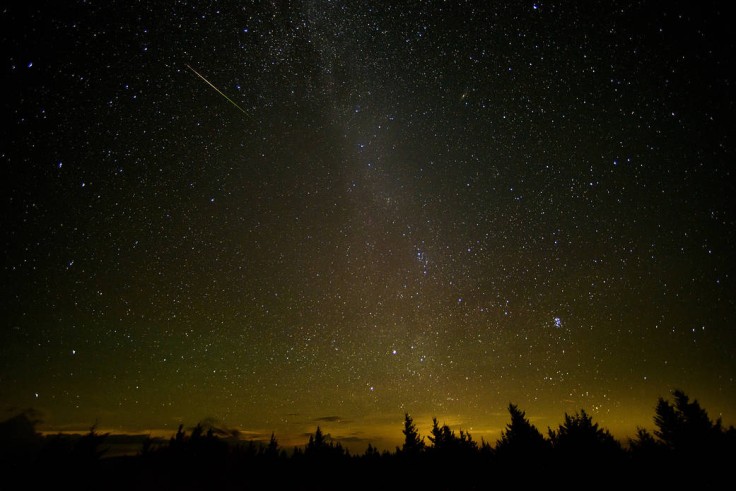Meteor showers are a pretty spectacle in the night sky, but at least one of them holds a significant meaning to one of East Asia's (and those from East Asia) most celebrated festivals: the Tanabata Festival in Japan and its Chinese counterpart, the Qixi Festival, per The Culture Trip.
This year, the event is preceded by the coming of the Perseid meteor shower, which is often a signal that Tanabata will soon begin or already happening.
However, what is Tanabata, and how can we watch the Perseid Meteor Shower this year?

Tanabata Festival - Meaning And Origins
The Tanabata Festival in Japan is one of the most anticipated celebrations in the country. The festival has its roots in the annual Chinese event, the Qixi Festival, which is celebrated on the seventh day in the seventh month of the lunar calendar, per Japan Guide.
However, with the use of the Gregorian Calendar, which is based on the Earth's revolution around the sun, some areas in Japan celebrate it on July 7. However, those who prefer to hold the festival on the traditional lunar calendar date celebrate Tanabata on August 7.
The story of the festival comes from the tale of Orihime and Hikoboshi, or the Chinese lovers Zhinü and Niulang, whose story is similar to the Greek couple Perseus, the slayer of Medusa, and the princess Andromeda.
According to folklore, Tanabata is the celebration of the day when the two star-crossed lovers, Orihime and Hikoboshi, can reunite, per MCAS Iwakuni.
The two lovers were separated because they were neglecting their duties due to their love for each other distracting them. As punishment, Orihime's father forced them to live separately, much to Orihime's grief. However, Orihime's father took pity on her and allowed the two to meet each other at the shores of the Heavenly River, which was used to separate them, on the seventh day of the seventh month of the year.
When science is put into the mix, Orihime and Hikoboshi are the stars Vega and Altair, which are part of the Summer Triangle along with Deneb.
Meanwhile, the Heavenly River in the folklore is represented by the backdrop of the Milky Way galaxy in the night sky, which connects the two stars, allowing the lovers to see each other again.
Perseid Meteor Shower - How To Best See And Capture Them
The Perseid meteor shower happens during mid-July or mid-August, just in time for Tanabata Festival's traditional date. It is active between July 17 and August 24, with the number of meteors increasing every night until it reaches its peak in mid-August, per the Royal Museums Greenwich website, with its peak falling on the night of August 12 and before dawn on August 13.
The Royal Museums Greenwich also added that as many 150-200 meteors would fall during the Perseid Meteor Shower per hour.
Unfortunately, Space.com mentioned in its article that the meteor shower won't be as beautiful as last year's due to the full moon illuminating the sky, which makes the meteor shower harder to see than usual.
To watch the Perseid meteor shower, find a dark but safe place to camp or go to during nighttime and look for the Perseus Constellation, per a separate Space.com article.
To find the Perseus Constellation, look for the Cassiopeia constellation in the night sky, which is just above it.
Once you found it, wait patiently for the celestial show to begin.
If you want to take pictures of the meteor shower using your phone's camera, bring a mobile phone tripod and a power bank to keep your phone charged and steady.
Next, download an app that gives you the ability to tweak the camera's parameters, like ISO and sooting time, per iMedia. However, most phones now let users set the parameters in their native camera apps.
If you already have such a feature, set your ISO to 3200, the shooting time to eight seconds, set the focus to "Manual" and adjust it to infinity.
These settings will allow you to take pictures of the meteors as they shoot across the night sky, leaving a trail in the pictures you take.









